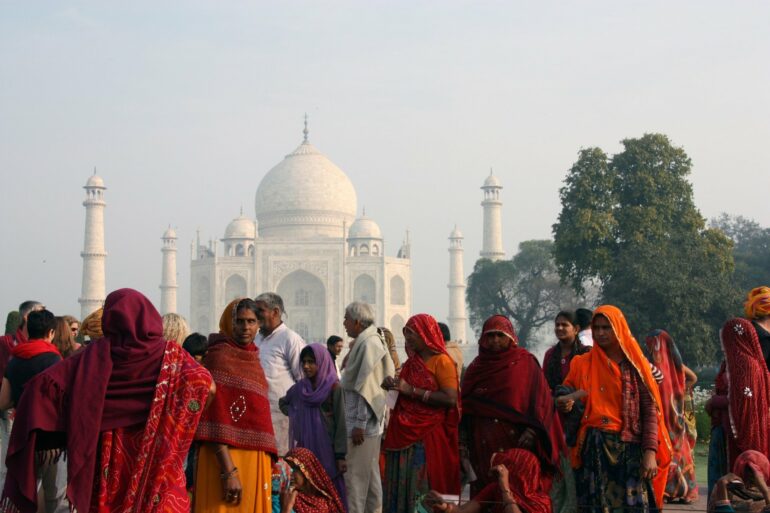A new paper published in Science Advances today finds that life expectancy in India was 2.6 years lower in 2020 than 2019, with women and marginalized social groups suffering the greatest declines.
The international study, co-authored by the Department of Sociology and the Leverhulme Centre for Demographic Science’s Dr. Aashish Gupta and Professor Ridhi Kashyap, reveals that life expectancy in India suffered large and unequal declines during the COVID-19 pandemic.
Overall, mortality across India was 17% higher in 2020 compared to 2019, implying 1.19 million excess deaths in India. This extrapolated estimate is about eight times higher than the official number of COVID-19 deaths in India, and 1.5 times higher than the World Health Organization’s estimates.
Kashyap, Professor of Demography and Computational Social Science at the University of Oxford said, “Our findings challenge the view that 2020 was not significant in terms of the mortality impacts and severity of the COVID-19 pandemic in India. While a mortality surge caused by the delta variant in 2021 received more attention, our study reveals significant and unequal mortality increases even earlier on in the pandemic.”
Using high-quality survey data from 765,180 individuals, the study estimated changes in life expectancy at birth, by sex and social group between 2019 and 2020 in India—a country where one-third of global pandemic excess deaths are thought to have occurred.
The study found large mortality impacts from the COVID-19 pandemic in 2020 on younger age groups, women, and marginalized social groups. Marginalized social groups within India experienced greater life expectancy declines than the most privileged social groups.
Gupta, Marie Sklodowska-Curie Fellow at the University of Oxford said, “Marginalized groups already had lower life expectancy, and the pandemic further increased the gap between the most privileged Indian social groups, and the most marginalized social groups in India.”
While high caste Hindu groups experienced a life expectancy decline of 1.3 years, the loss for Muslims was 5.4 years and 4.1 years for Scheduled Tribes. These marginalized caste and religious groups already faced large disadvantages in life expectancy—disparities which were only exacerbated by the pandemic.
The study also found larger losses among females compared to males among almost all Indian social groups and classes. Women in India experienced life expectancy declines of 3.1 years—one year more than men who experienced life expectancy losses of 2.1 years. This pattern could be explained by gender inequalities in health care and allocation of resources within households. It also contrasts with the pattern found in high-income countries where excess mortality was higher among men than women during the COVID-19 pandemic.
While life expectancy declines in high-income countries were primarily driven by mortality increases in over 60s, mortality increased in almost all age groups in India and most prominently in the youngest and older age groups. Excess mortality in the youngest ages could be explained by children in certain areas being more susceptible to COVID-19 and by indirect effects of the pandemic and subsequent lockdowns, including deteriorating economic conditions and disruptions to public health services.
Kashyap said, “Using unique demographic and health survey data, our study highlights the importance of focusing on inequality when measuring mortality and shows that pandemics can worsen, rather than equalize, existing disparities. This was particularly noticeable on the role that COVID-19 had in further exacerbating the health impacts of pre-pandemic gender disparities.”
This study shows the potential for accurately estimating mortality—even for short periods—using retrospective mortality information collected in a relatively poor context. It also emphasizes the need for policies that address the underlying social determinants of health to mitigate the impact of future health crises.
More information:
Aashish Gupta et al, Large and unequal life expectancy declines during the COVID-19 pandemic in India in 2020, Science Advances (2024). DOI: 10.1126/sciadv.adk2070. www.science.org/doi/10.1126/sciadv.adk2070
Provided by
University of Oxford
Citation:
International study highlights large and unequal life expectancy declines in India during COVID-19 (2024, July 19)



